Home>Articles>How To Keep Sandwiches From Getting Soggy In Lunch Box
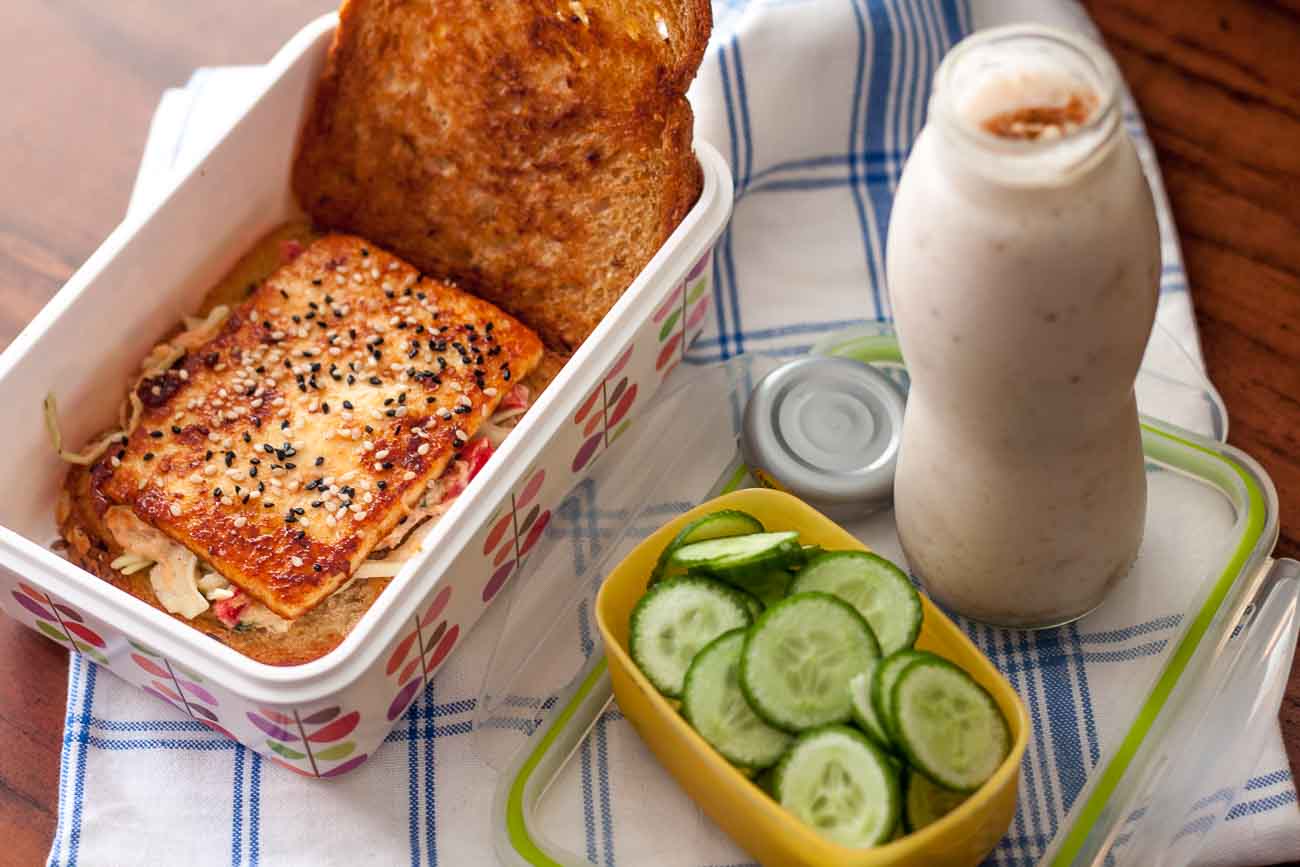

Articles
How To Keep Sandwiches From Getting Soggy In Lunch Box
Modified: January 19, 2024
Discover effective tips and tricks to prevent sandwiches from becoming soggy in your lunch box. Read insightful articles and never experience a soggy sandwich again.
(Many of the links in this article redirect to a specific reviewed product. Your purchase of these products through affiliate links helps to generate commission for Storables.com, at no extra cost. Learn more)
Introduction
There’s nothing more disappointing than opening your lunchbox to find a soggy sandwich. Whether you’re packing a sandwich for yourself or your children, it’s crucial to keep it fresh and enjoyable until lunchtime. Soggy sandwiches not only ruin the taste and texture but can also lead to a less appetizing lunch experience.
In this article, we will explore various strategies to prevent sandwiches from becoming soggy in your lunchbox. From bread selection to storage techniques, we will delve into the tips and tricks that will ensure your sandwiches maintain their deliciousness and stay fresh.
By following these guidelines, you can say goodbye to soggy sandwiches and say hello to a satisfying and enjoyable lunch break.
Key Takeaways:
- Say goodbye to soggy sandwiches by selecting dense bread, creating moisture barriers, and using moisture-absorbent ingredients. Proper storage and wrapping techniques also play a crucial role in maintaining sandwich freshness.
- Experiment with layering techniques, spread barriers, and moisture-absorbent ingredients to keep your sandwiches fresh and enjoyable. Consider toasting bread separately and packing dressings in separate containers to prevent sogginess.
Importance of Avoiding Soggy Sandwiches
Keeping your sandwiches from getting soggy may seem like a small concern, but it can have a significant impact on your overall lunchtime experience. Here are some reasons why avoiding a soggy sandwich is important:
- Taste and Texture: A soggy sandwich can be unappetizing, ruining the flavors and textures of the ingredients. The moisture can make the bread mushy, the fillings lose their distinct taste, and the overall eating experience less enjoyable.
- Food Safety: Excess moisture in sandwiches can lead to microbial growth, increasing the risk of foodborne illnesses. Bacteria thrive in moist environments, so it’s essential to keep your sandwiches dry to ensure food safety.
- Packability: If your sandwich becomes soggy, it can be challenging to transport without making a mess. This is especially important for children’s lunches or when carrying your lunch in a bag or backpack. Preventing sogginess allows for easier handling and cleanliness.
- Longevity: A well-prepared sandwich can be enjoyed hours after it’s made. By avoiding sogginess, you can ensure that your sandwich remains fresh and appetizing until you’re ready to eat it.
- Satisfaction: Eating a well-constructed sandwich that maintains its texture and taste provides a more satisfying meal experience. It allows you to fully enjoy the ingredients and relish every bite, enhancing your overall lunch break.
Now that we understand the importance of avoiding soggy sandwiches, let’s explore the strategies to keep your sandwiches fresh and crisp in your lunchbox.
Selecting the Right Bread
One of the key factors in preventing a soggy sandwich is selecting the right type of bread. Here are a few guidelines to keep in mind when choosing your bread:
- Dense and Sturdy: Opt for bread that is dense and sturdy, such as whole-grain bread, ciabatta, or sourdough. These types of bread have a firmer texture and hold up better against moisture from fillings.
- Avoid Soft and Fluffy Bread: Bread that is soft and fluffy, like white bread or delicate rolls, tends to absorb moisture more easily, resulting in a soggy sandwich. While these types of bread may be delicious, they are better suited for immediate consumption rather than being packed in a lunchbox.
- Toasted Bread: Another option is to lightly toast your bread before assembling your sandwich. Toasting creates a barrier on the surface that helps repel moisture. Just make sure the bread cools down before adding your fillings.
- Consider Wraps or Pita Bread: If traditional sliced bread isn’t your preference, consider using wraps or pita bread as an alternative. These options are more resistant to moisture and can provide a different texture and flavor to your sandwiches.
- Gluten-Free Options: For those needing gluten-free alternatives, look for gluten-free bread that has a denser texture. There are many options available that are specifically designed to hold up well in sandwiches.
By selecting the right bread, you create a solid foundation for your sandwich, reducing the risk of it becoming soggy. Remember to consider personal preferences and dietary restrictions when making your choice.
Spreading a Barrier
One effective technique to prevent sandwich sogginess is to create a barrier between the bread and the fillings. This helps to keep moisture from seeping into the bread and making it soggy. Here are a few ideas for spreading a barrier:
- Butter or Mayonnaise: Spreading a thin layer of butter or mayonnaise on the bread creates a moisture barrier that helps to repel the moisture from the fillings. These spreads not only add flavor but also create a protective layer on the bread.
- Mustard or Hummus: Another option is to use mustard or hummus as a spread. These condiments provide a tangy flavor and also act as a barrier to moisture. Be sure to spread them evenly on both slices of bread.
- Cream Cheese: Cream cheese is another excellent option for spreading a barrier, especially for sandwiches with delicate fillings like smoked salmon or cucumber. The cream cheese adds moisture resistance while providing a creamy and rich element to the sandwich.
- Pesto or Tapenade: If you’re looking for a burst of flavor, consider spreading pesto or tapenade on your bread. These spreads not only add a delicious taste but also create a protective layer against moisture.
By spreading a barrier on the bread, you create a separation between the bread and the fillings, reducing the chance of sogginess. Experiment with different spreads to find the ones that complement your sandwich fillings and personal preferences.
Layering Sandwich Fillings
Properly layering your sandwich fillings is essential to prevent them from causing your sandwich to become soggy. By strategically arranging the ingredients, you can maintain the freshness and texture of your sandwich. Follow these tips for effective layering:
- Create a Moisture Barrier: Start by placing the moisture-prone ingredients such as tomatoes, pickles, or cucumbers directly on top of the spread or barrier. This helps to create a barrier between these juicy ingredients and the bread.
- Add Proteins and Cheeses: Layering proteins such as meats, poultry, or cheeses on top of the moisture barrier helps to further protect the bread. The protein acts as a buffer, preventing the moisture from reaching the bread.
- Add Leafy Greens: Adding a layer of leafy greens, such as lettuce or spinach, on top of the proteins can provide an extra barrier against moisture. These greens can help absorb excess moisture and add a refreshing crunch to your sandwich.
- Finish with Dry Ingredients: Place dry ingredients like roasted vegetables, sliced avocados, or crispy bacon towards the top of the sandwich. These ingredients are less likely to release moisture and will help maintain the crispiness of the sandwich.
- Consider Condiments: When adding condiments, such as mustard, ketchup, or mayo, try to spread them directly on the bread before layering the fillings. This will act as an additional moisture barrier, keeping the bread from absorbing excess moisture.
Remember, the key is to create layers that protect the bread from the moisture released by the fillings. By following these layering strategies, you can ensure that your sandwich stays delicious, fresh, and free from sogginess.
To keep sandwiches from getting soggy in a lunch box, try spreading a thin layer of butter or mayonnaise on the bread before adding any moist ingredients like lettuce or tomatoes. This creates a barrier that helps prevent the bread from absorbing too much moisture.
Read also: 13 Best Sandwich Lunch Box for 2025
Proper Storage Techniques
Alongside selecting the right bread and layering your sandwich fillings, proper storage techniques play a crucial role in preventing sandwich sogginess. Here are some tips to ensure your packed sandwich stays fresh and dry:
- Wrap the Sandwich Tightly: Use plastic wrap, aluminum foil, or sandwich bags to wrap your sandwich tightly. This helps to seal in the freshness and prevent moisture from seeping in. Make sure there are no gaps or loose ends in the wrapping.
- Use a Sealable Container: If possible, pack your sandwich in a sealable container. This provides an additional layer of protection against moisture and helps keep the sandwich intact during transportation. Opt for a container with a tight-fitting lid to maintain the freshness.
- Keep the Sandwich Refrigerated: If you’re preparing the sandwich in advance or if it contains perishable ingredients, store it in the refrigerator until you’re ready to pack it. Keeping the sandwich chilled helps to slow down the growth of bacteria and maintain its freshness.
- Separate Wet and Dry Ingredients: If your sandwich includes ingredients that may release moisture, such as sliced tomatoes or cucumbers, consider packing them separately or using a divider within the container. This helps to prevent the moisture from coming into direct contact with the bread.
- Avoid Condensation: To prevent condensation from building up inside the container, place a paper towel or a moisture-absorbent sachet at the bottom. This will help absorb any excess moisture and keep the sandwich dry.
- Pack just before you leave: Try to pack your sandwich just before leaving to keep it as fresh as possible. The longer the sandwich sits packed, the higher the chances of the bread becoming soggy.
By implementing these proper storage techniques, you can maintain the quality of your sandwich, ensuring it stays fresh and free from sogginess until lunchtime.
Using Moisture-Absorbent Ingredients
In addition to selecting the right bread and employing proper storage techniques, using moisture-absorbent ingredients in your sandwich can help prevent sogginess. These ingredients can help to absorb excess moisture and maintain the desired texture of your sandwich. Consider the following moisture-absorbent options:
- Cheese: Cheese, especially drier and hard varieties like cheddar or Swiss, can act as a moisture absorber in your sandwich. The cheese will help to soak up any excess moisture and add a delicious flavor to your meal.
- Hummus or Guacamole: Spreading a layer of hummus or guacamole on the bread can help create a barrier against moisture while adding creaminess and flavor to the sandwich. These spreads can also absorb moisture, providing an added layer of protection for the bread.
- Roasted Vegetables: Roasted vegetables, such as eggplant, bell peppers, or zucchini, are not only delicious but also help to absorb moisture. Their slightly fibrous texture and low moisture content make them great choices for keeping sandwiches dry and flavorful.
- Crunchy Ingredients: Adding crunchy ingredients like sliced cucumbers, apples, or jicama can help maintain the sandwich’s texture and absorb excess moisture. These ingredients provide a refreshing crunch while preventing sogginess.
- Herbs and Greens: Incorporating fresh herbs such as basil or cilantro and crisp greens like arugula or microgreens can help absorb moisture while adding brightness and flavor to your sandwich.
By including moisture-absorbent ingredients in your sandwich, you can actively combat sogginess and enjoy a fresh and delicious meal. Experiment with different combinations to find the flavors and textures that appeal to you.
Wrapping Techniques
The way you wrap your sandwich can make a significant difference in preventing sogginess. By using effective wrapping techniques, you can create a barrier against moisture and keep your sandwich fresh. Here are some wrapping tips to consider:
- Use Parchment Paper: Wrapping your sandwich in parchment paper can help absorb excess moisture while providing a breathable and protective layer. It also prevents the sandwich from sticking to the wrapping material.
- Double Wrapping: For added protection, consider double wrapping your sandwich. Start with a layer of plastic wrap or aluminum foil, followed by a layer of parchment paper. This extra layer helps to create an additional moisture barrier.
- Wrap Tightly: Ensure that you wrap your sandwich tightly, pressing out any excess air. This helps to keep the ingredients intact and prevents them from shifting around, reducing the chance of sogginess.
- Seal the Edges: When wrapping, make sure to fold and seal the edges securely to prevent any moisture from seeping in. Pay extra attention to the corners and ends of the sandwich to create a tight seal.
- Avoid Moisture-Trapping Folds: Be cautious not to fold the wrapping material in a way that creates pockets where moisture can accumulate. Keep the folds minimal and tight to maintain the integrity of the sandwich.
- Consider Sandwich Bags: If you prefer a more convenient option, sandwich bags can be a handy alternative. Look for ones with sealable closures to keep your sandwich safe from moisture and air exposure.
By following these wrapping techniques, you can help preserve the freshness and prevent your sandwich from becoming soggy. Remember, the goal is to create a protective layer that keeps excess moisture out while maintaining the sandwich’s integrity.
Additional Tips and Tricks
Here are some additional tips and tricks to further ensure your sandwiches stay fresh and free from sogginess:
- Prevent Ingredient Bleed: If you’re including ingredients like sliced tomatoes or juicy meats, try placing them between layers of other fillings to prevent their juices from soaking into the bread.
- Pack Dressings Separately: If your sandwich requires a dressing or sauce, consider packing it separately in a small container and add it just before eating. This helps to maintain the integrity of the bread and prevents it from becoming soggy.
- Toast the Bread Separately: If you prefer toasted bread, consider toasting it separately and assembling the sandwich just before eating. This way, you can enjoy the crispy texture without compromising its quality during transportation.
- Think Crunchy Toppings: If you enjoy the contrast of textures in your sandwich, consider adding crunchy toppings such as crushed potato chips, toasted nuts, or crisp lettuce just before eating to avoid sogginess.
- Wrap Ingredients Separately: If your sandwich incorporates wet and dry ingredients, consider packing them separately and assembling the sandwich right before eating. This way, you can ensure that the dry elements stay crisp and fresh.
- Invest in a Lunch Container with Compartments: If you frequently pack sandwiches, invest in a lunch container with separate compartments. This allows you to keep different components separate until it’s time to assemble your sandwich, reducing the risk of sogginess.
- Consider Frozen Ingredients: If you have the flexibility to do so, consider freezing certain ingredients the night before, such as sliced meats or cheeses. This will help keep the sandwich cool and fresh until lunchtime.
Remember, these tips and tricks can be customized to your preferences and the specific ingredients you enjoy in your sandwiches. Feel free to experiment and discover what works best for you.
Conclusion
Keeping your sandwiches from getting soggy is essential for a satisfying and enjoyable lunch. By implementing the strategies and tips outlined in this article, you can ensure that your sandwiches stay fresh and flavorful until lunchtime.
Start by selecting the right bread, opting for dense and sturdy varieties that can withstand moisture from fillings. Spreading a barrier such as butter, mayo, or hummus on the bread creates a protective layer that repels moisture. Properly layering your sandwich fillings and using moisture-absorbent ingredients like cheese, roasted vegetables, or crunchy toppings help maintain texture and prevent sogginess.
Effective wrapping techniques using parchment paper, double wrapping, and tightly sealing the edges are important to keep moisture out. Additionally, considering separate packaging for dressings and assembling sandwiches just before eating also contributes to maintaining freshness.
Remember, every ingredient and preference may vary, so feel free to experiment and find the strategies that work best for you. By paying attention to the details and implementing these tips, you can enjoy delicious, non-soggy sandwiches that make your lunch break a delight.
So, no more disappointing lunches with soggy sandwiches. Embrace these techniques and enjoy a fresh and satisfying meal every time you open your lunchbox.
Frequently Asked Questions about How To Keep Sandwiches From Getting Soggy In Lunch Box
Was this page helpful?
At Storables.com, we guarantee accurate and reliable information. Our content, validated by Expert Board Contributors, is crafted following stringent Editorial Policies. We're committed to providing you with well-researched, expert-backed insights for all your informational needs.
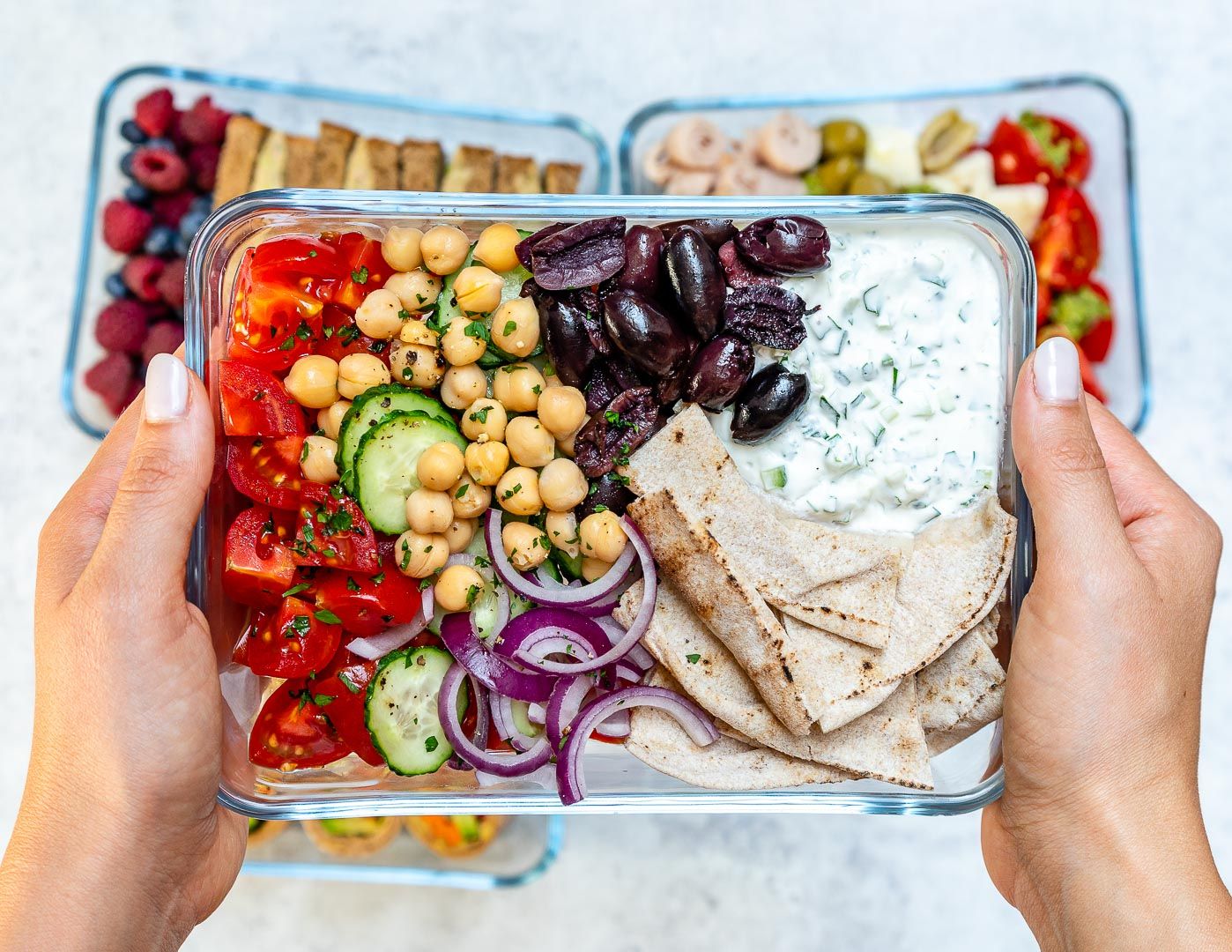
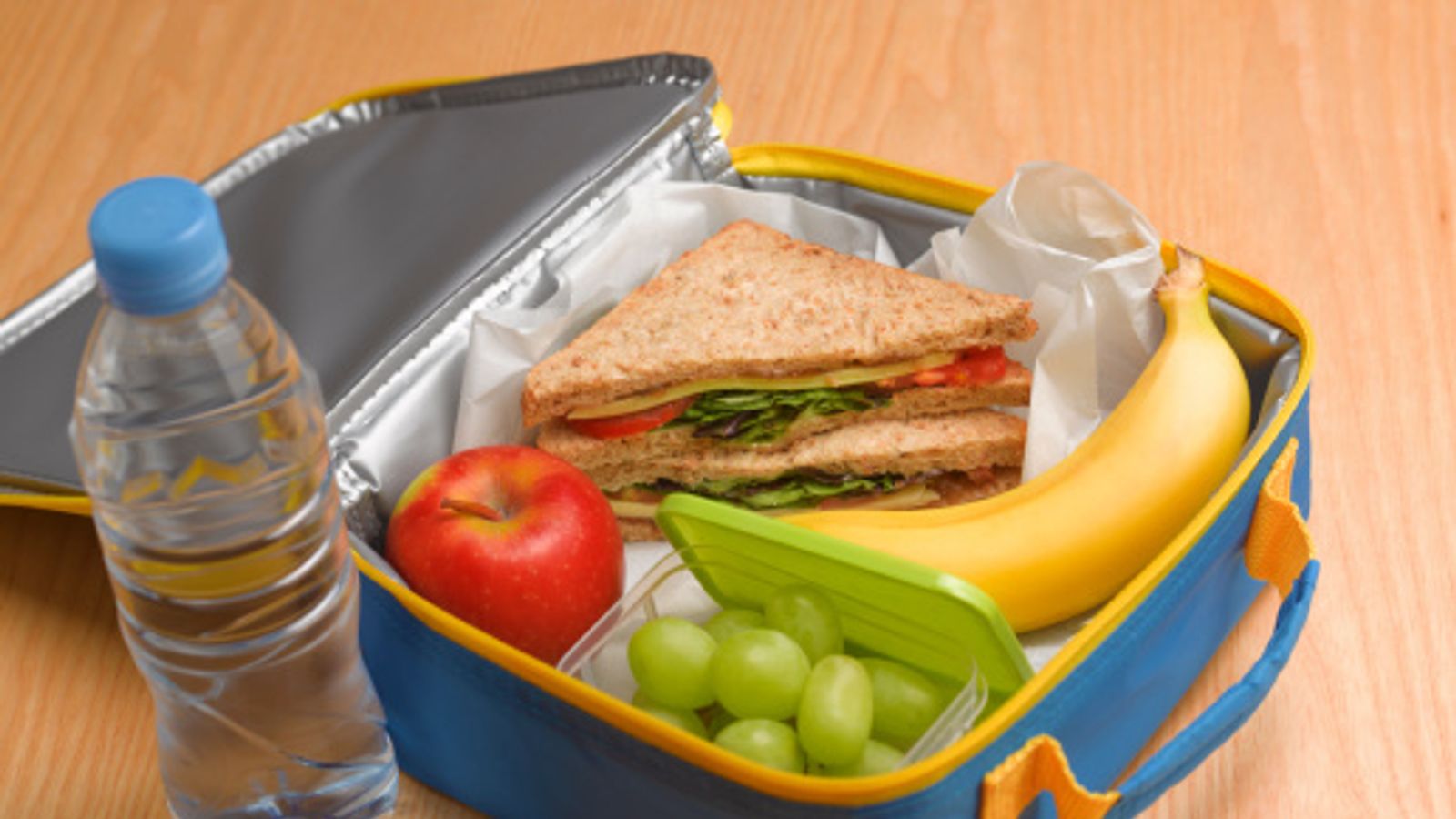
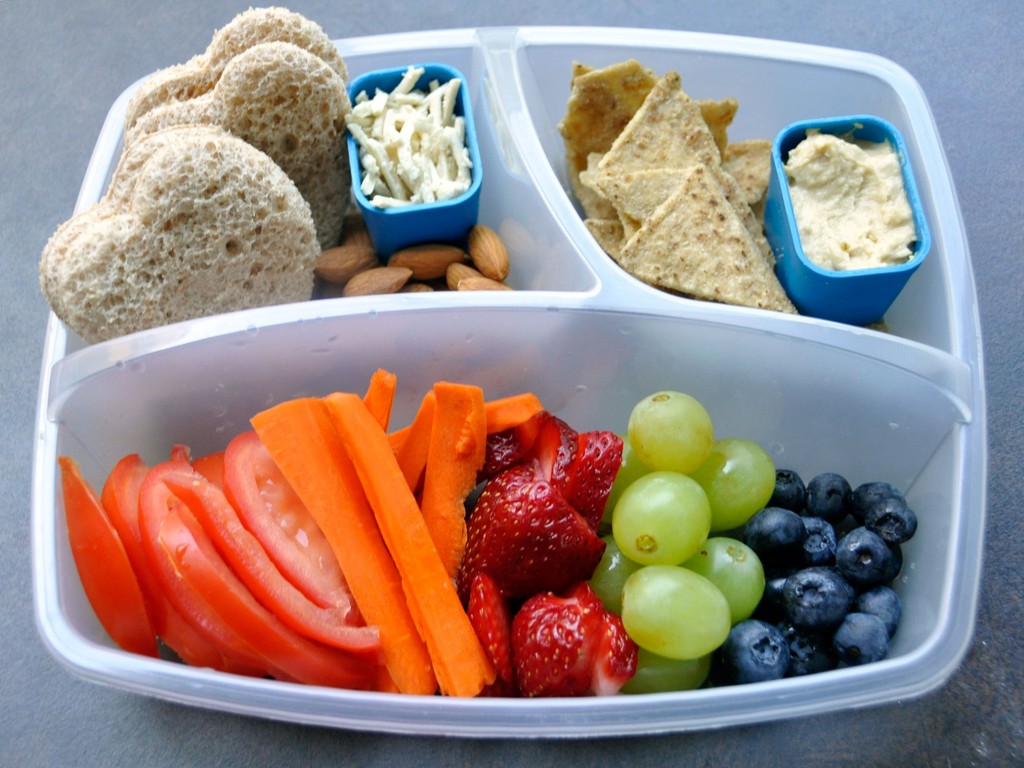
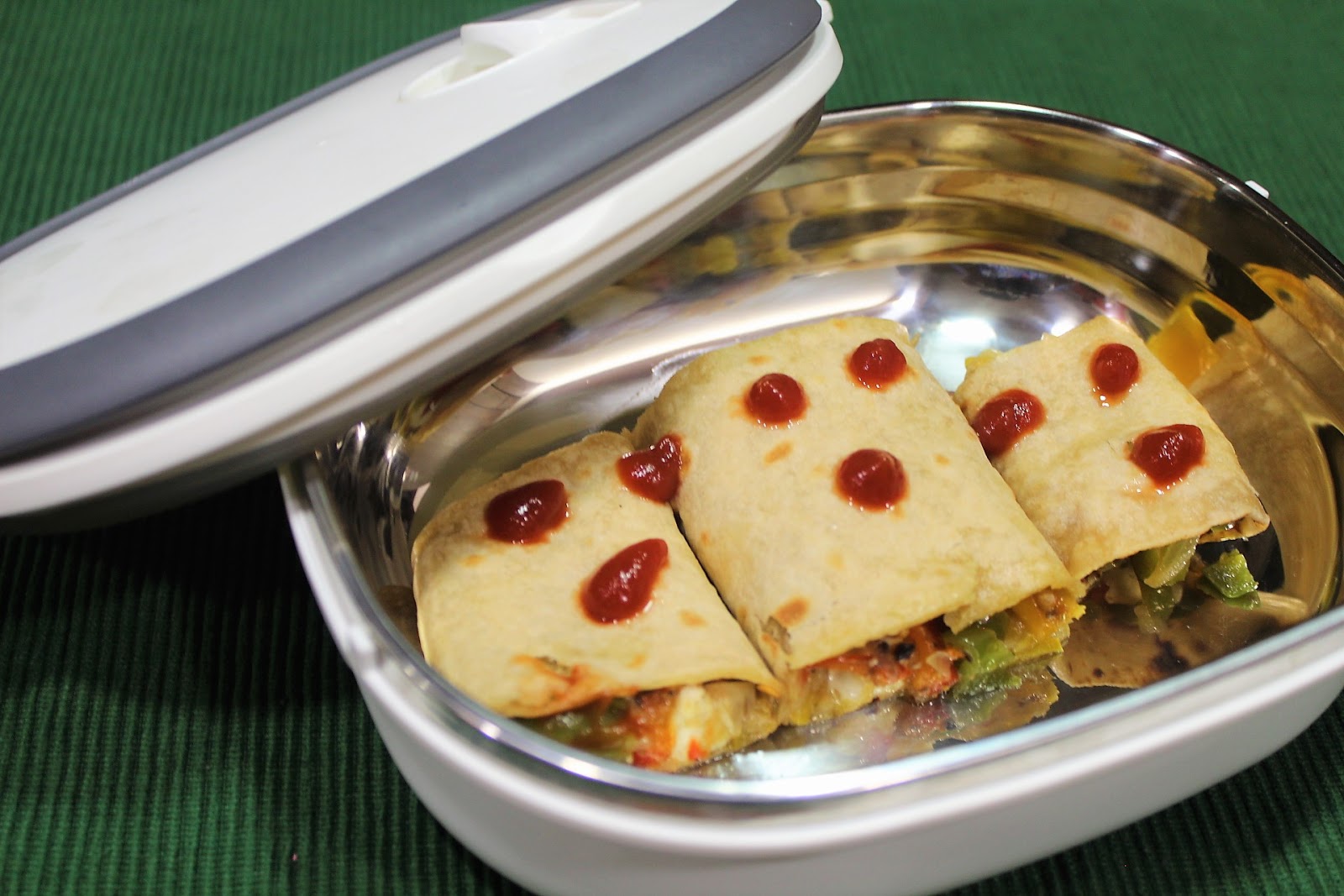
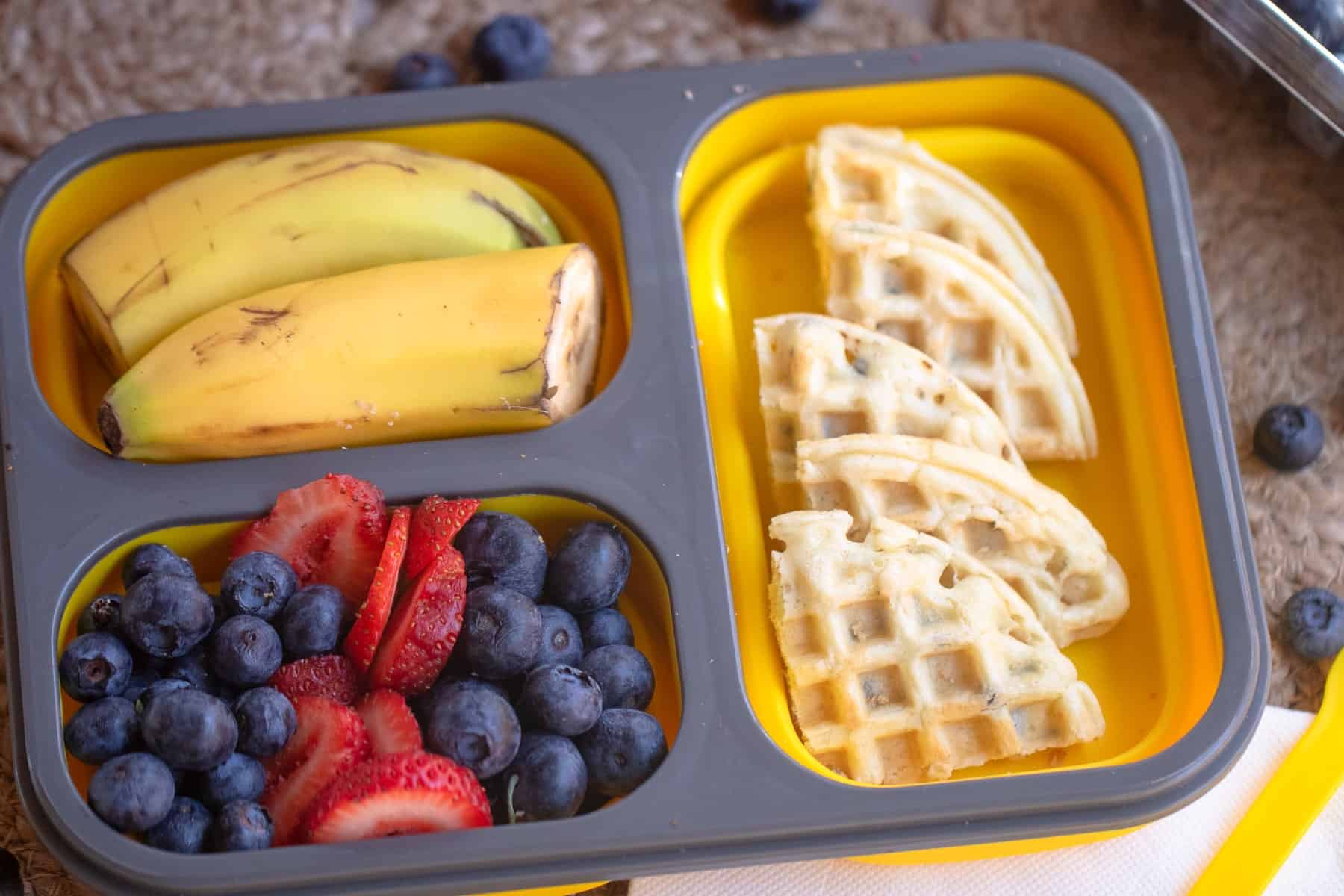
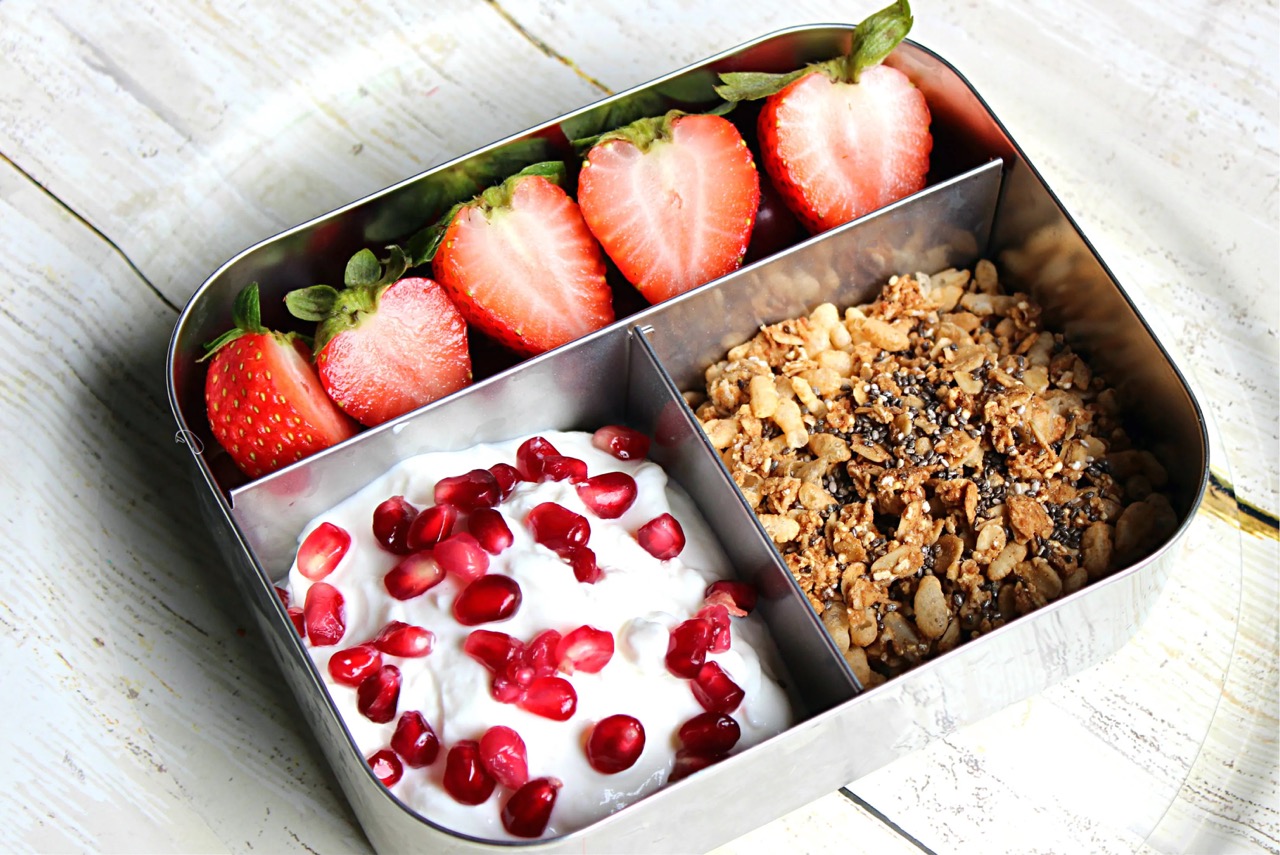
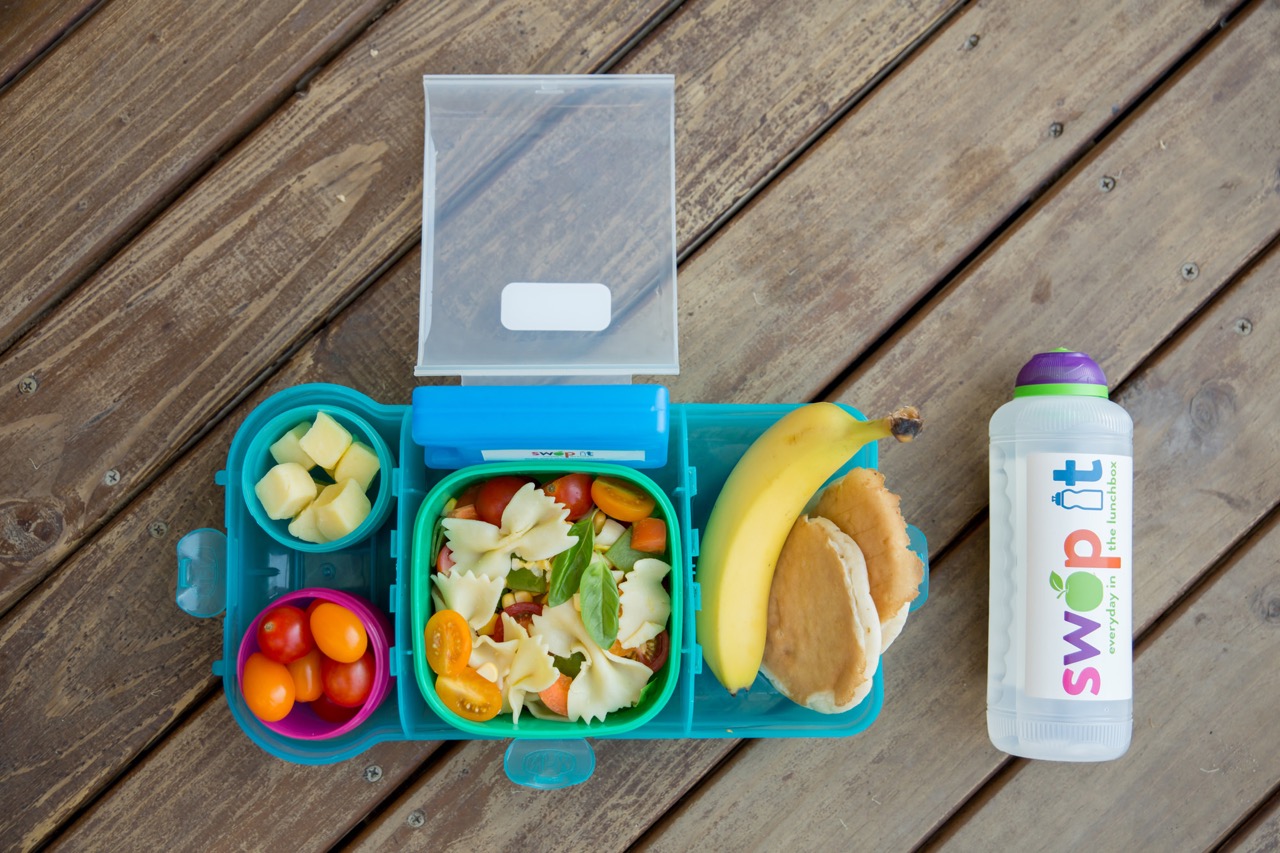

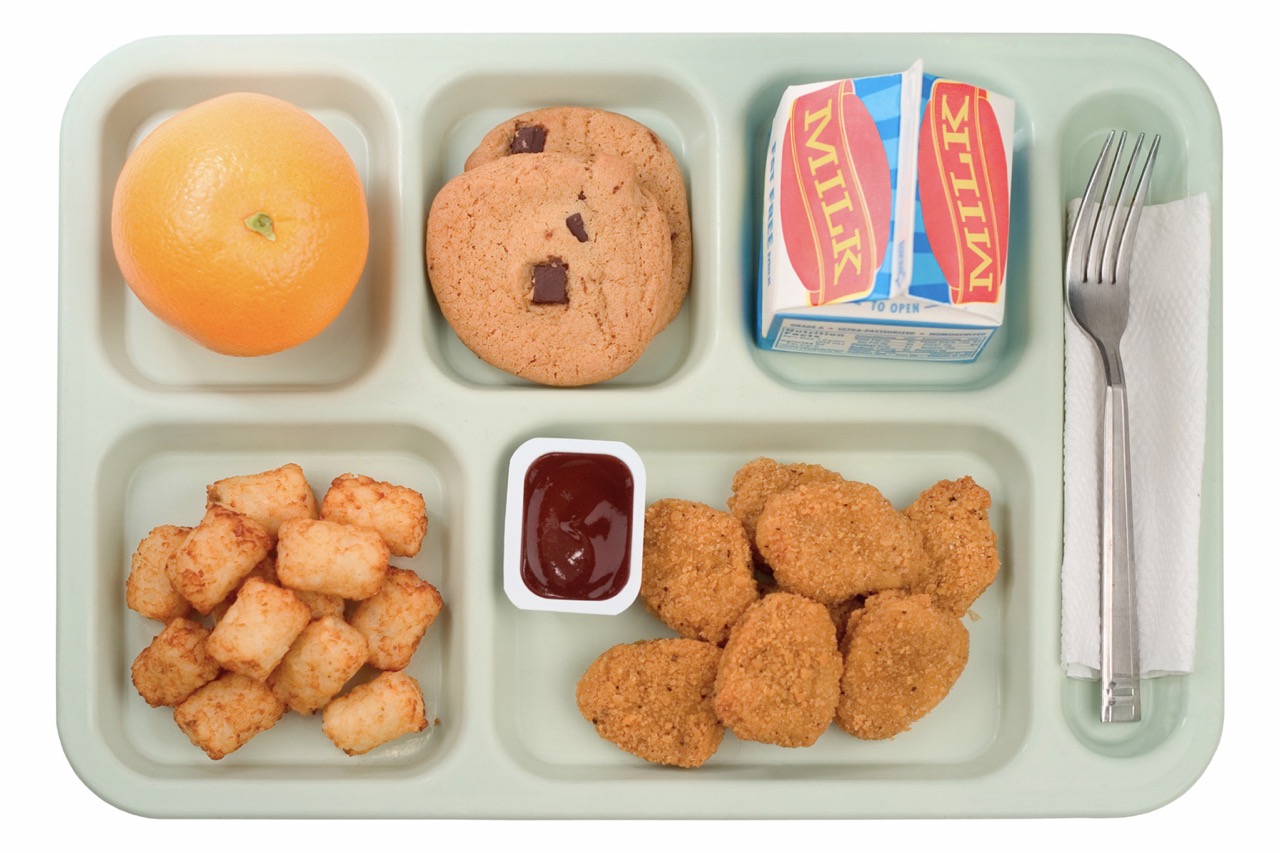
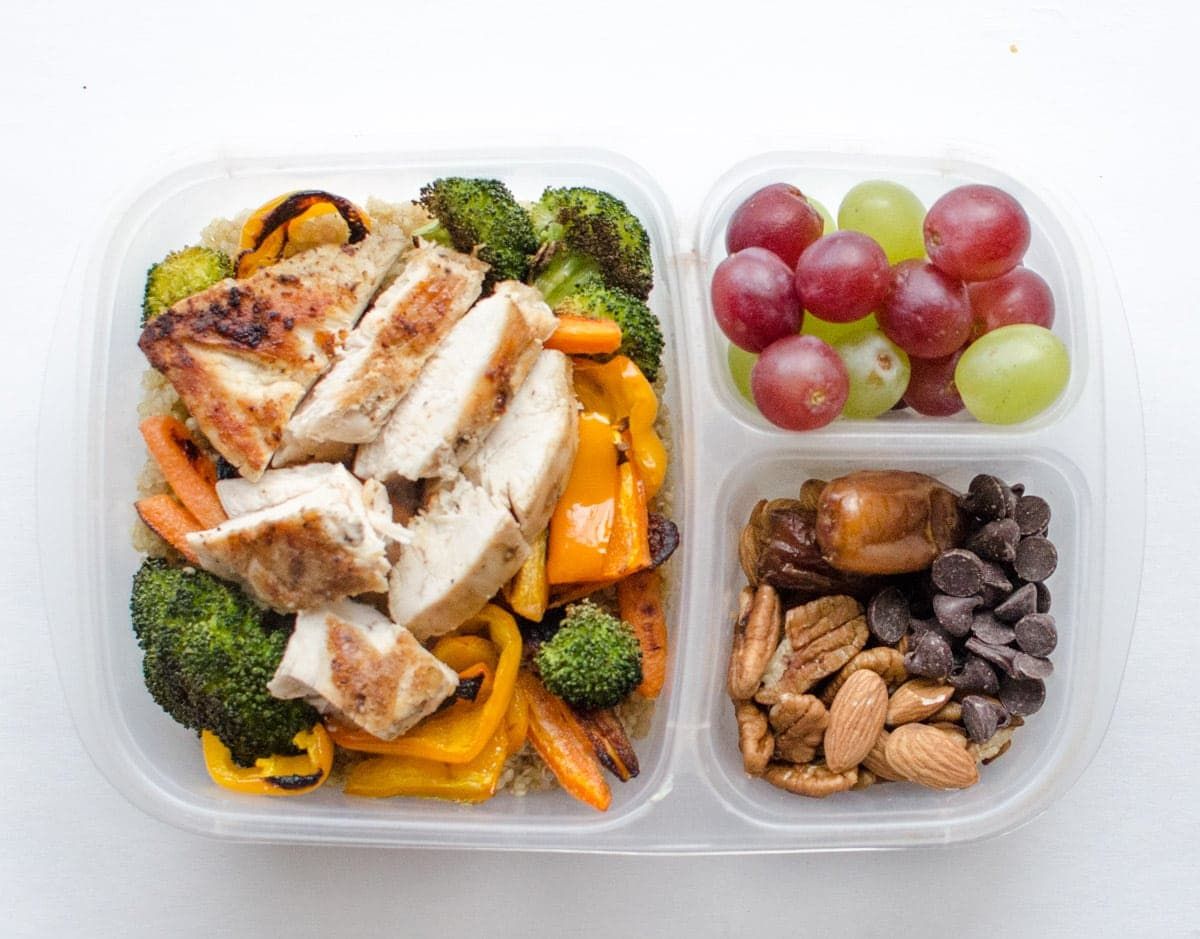
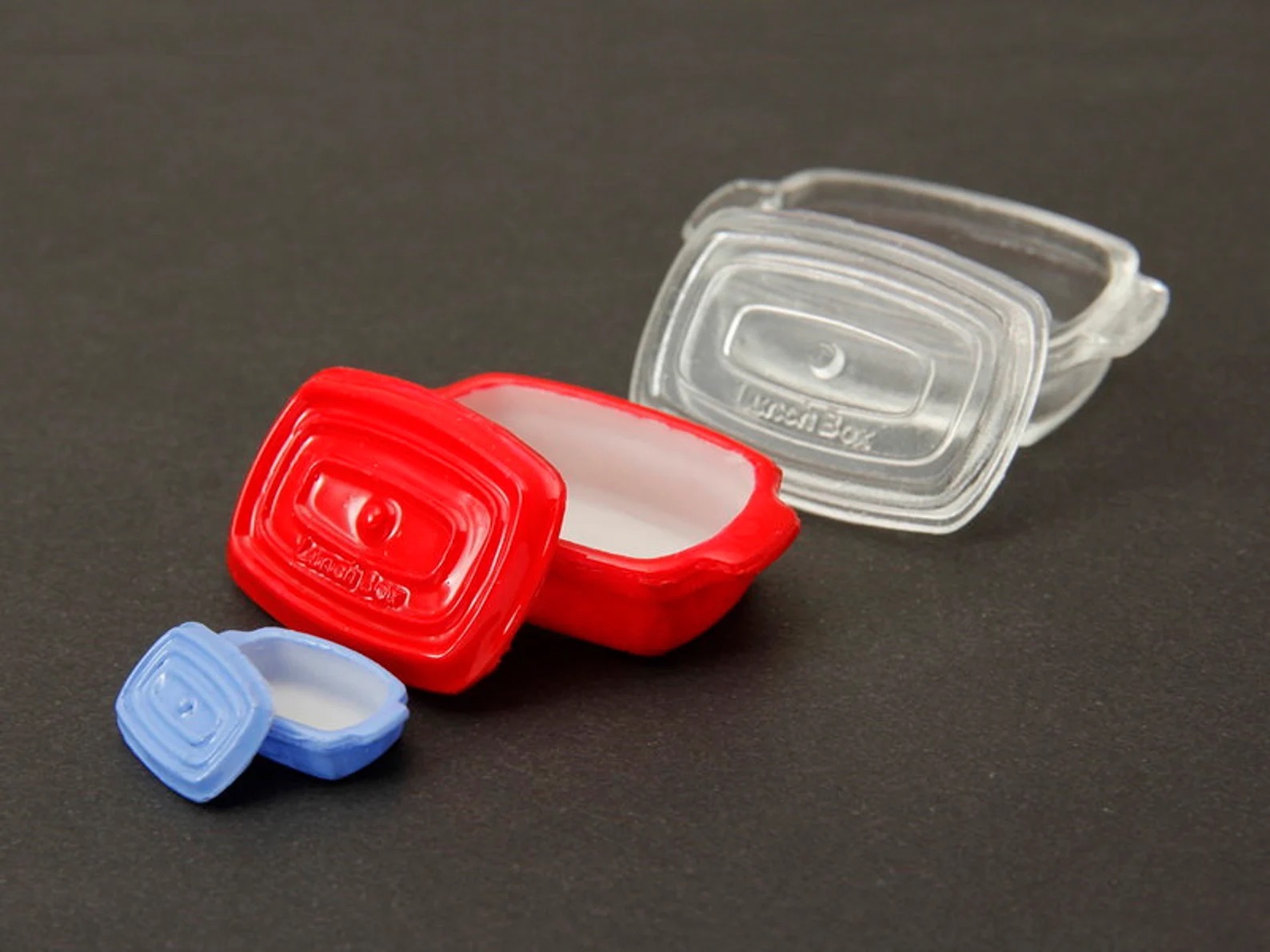
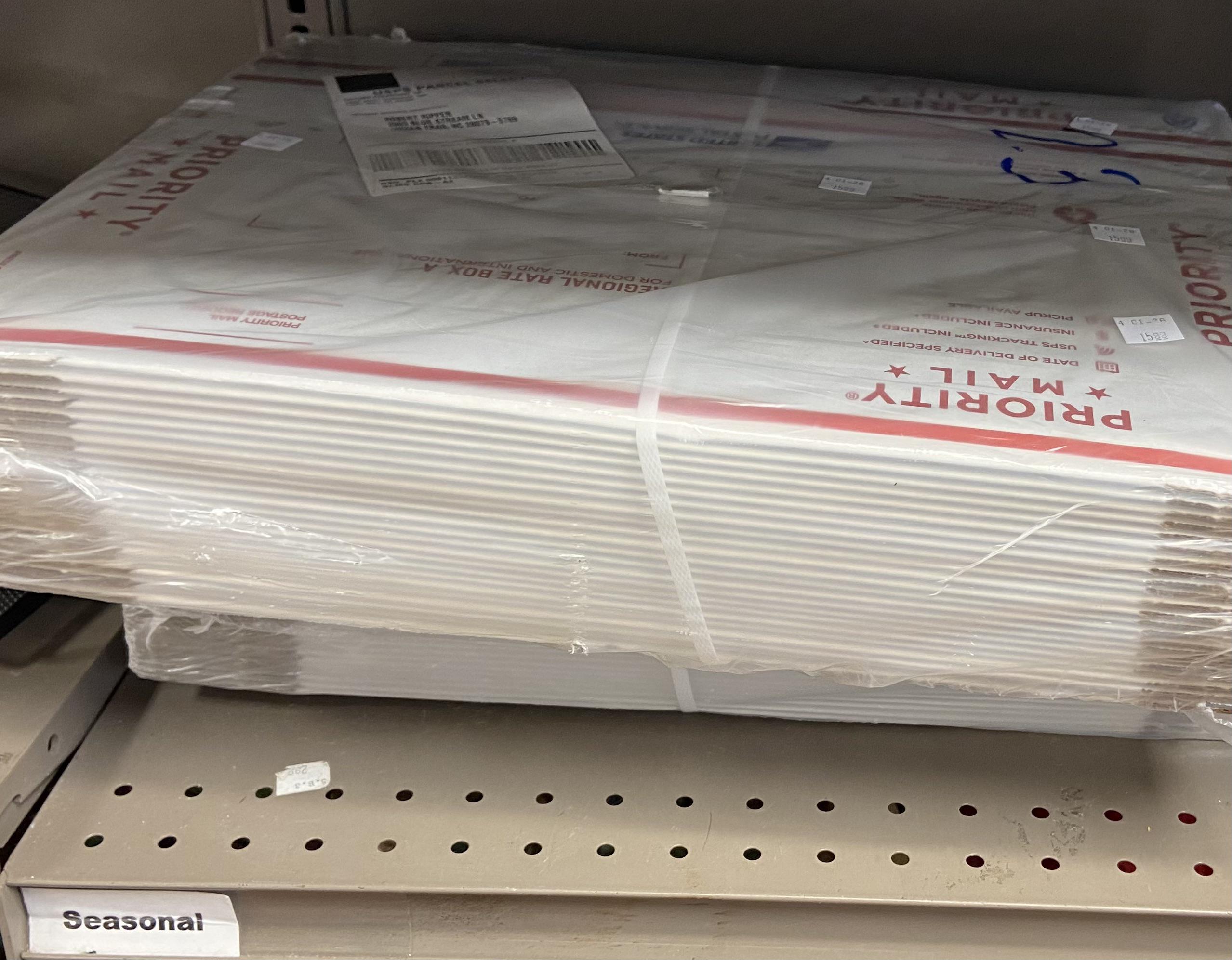
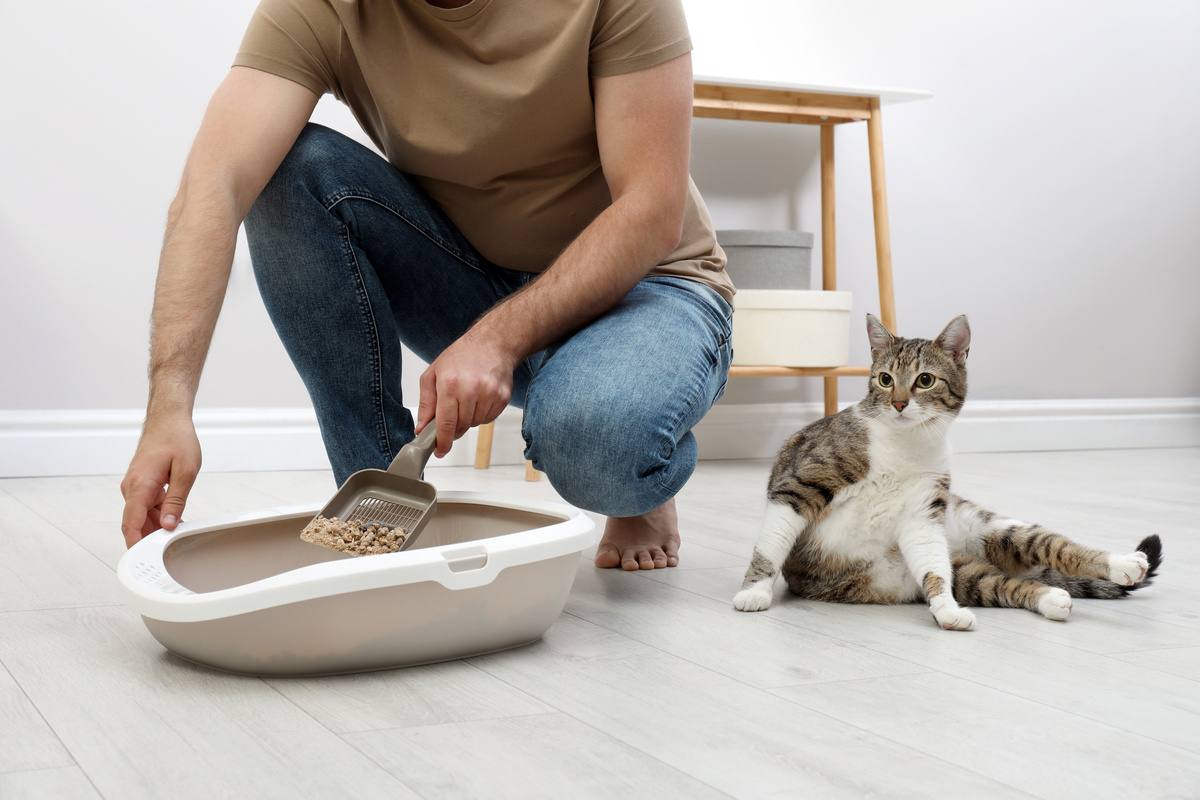

0 thoughts on “How To Keep Sandwiches From Getting Soggy In Lunch Box”